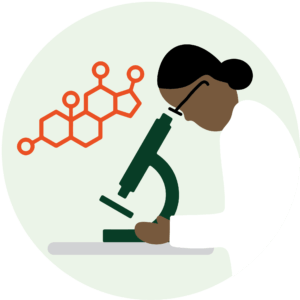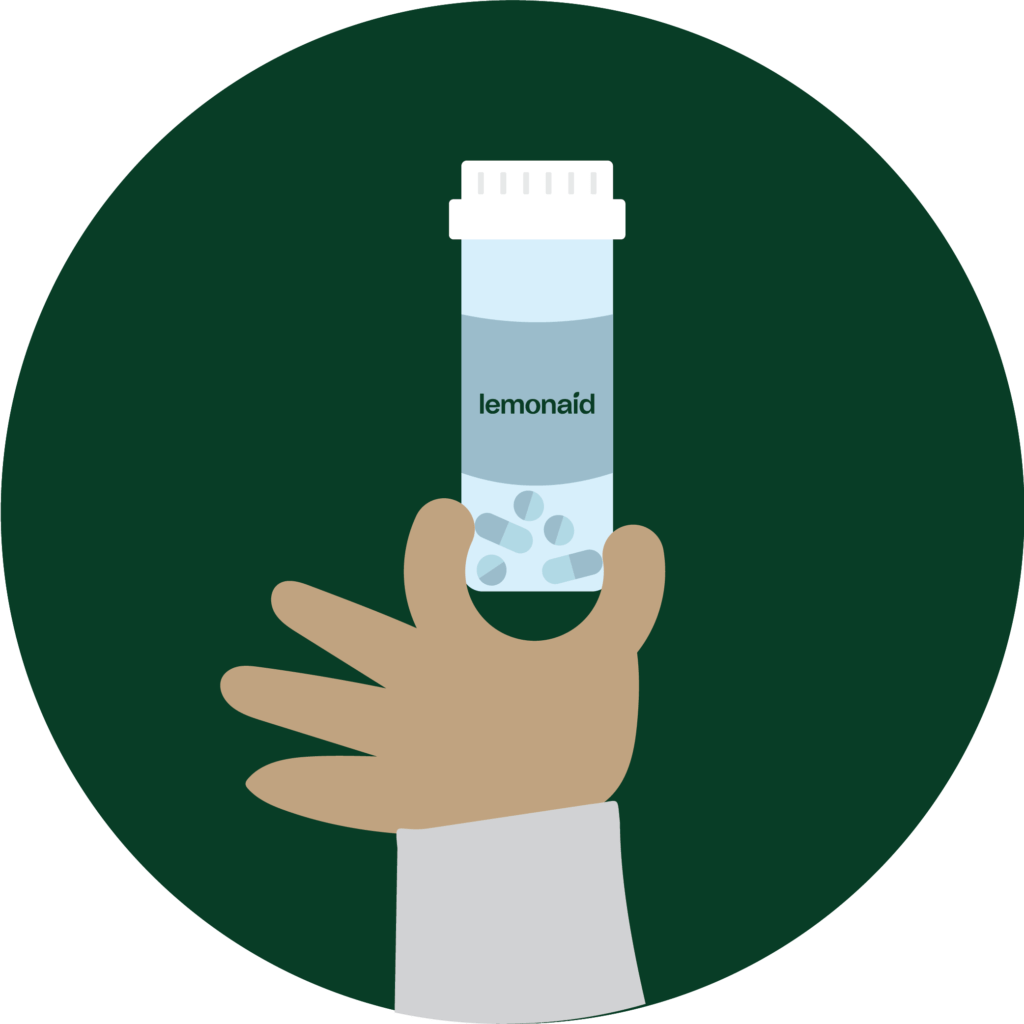
Get the maximum effect from your Cialis® dose
Medical Review by Jennie Stanford, MD, FAAFP, DABOM Summary: Try these techniques to get the best experience while using Cialis® Many men take Cialis® to treat erectile dysfunction (ED), but medication works differently for everyone. If you’re considering this drug or taking it already, it’s important to understand what you can











